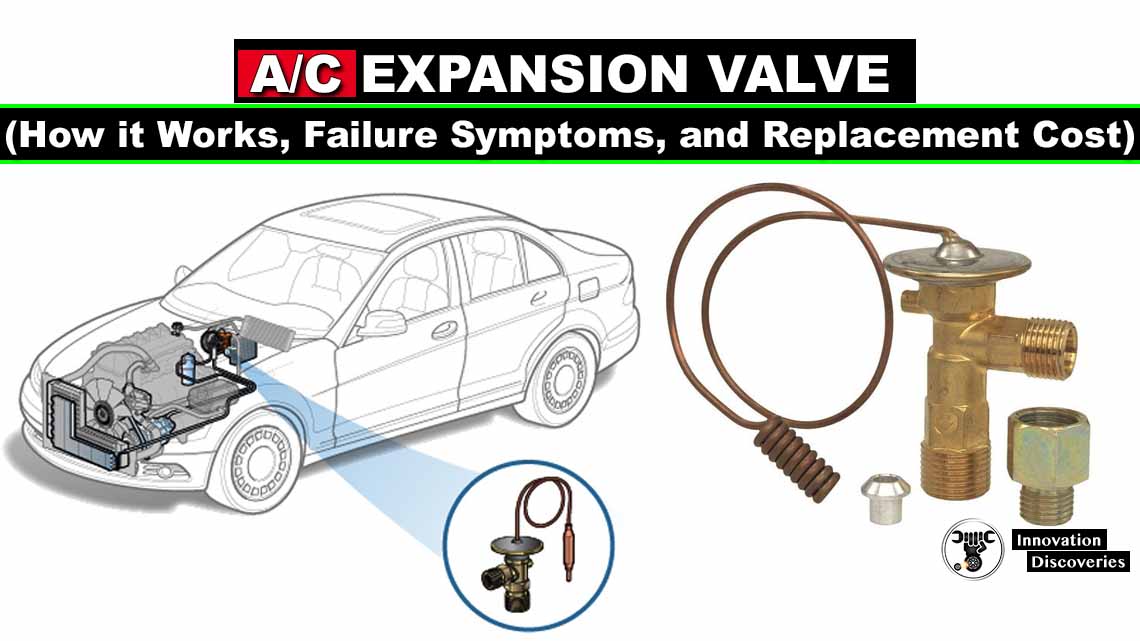
Introduction:
An essential component of air conditioning (A/C) systems, the A/C expansion valve, also known as a thermal expansion valve (TXV), plays a pivotal role in maintaining the cooling efficiency of vehicles and buildings.
Understanding how it works, recognizing its failure symptoms, and estimating replacement costs can help vehicle owners and building managers address A/C issues promptly and effectively.
How Does the A/C Expansion Valve Work?
The A/C expansion valve serves as a bridge between the high-pressure, high-temperature liquid refrigerant coming from the condenser and the low-pressure, low-temperature gas within the evaporator. Its operation is governed by both temperature and pressure differentials.
The valve contains a temperature-sensitive bulb connected to a capillary tube filled with refrigerant. As the surrounding temperature changes, the pressure in the capillary tube fluctuates, causing the valve to open or close.
This action regulates the flow of refrigerant into the evaporator, enabling the system to absorb heat from the surroundings and produce cold air.
Symptoms of A/C Expansion Valve Failure:
Recognizing the signs of a failing A/C expansion valve is crucial for maintaining a comfortable indoor environment. Common symptoms include:
1. Insufficient Cooling:
Reduced cooling performance due to a stuck closed valve, leading to inadequate cold air delivery.
2. Warm Air:
An open valve can result in overly cold evaporator coils, leading to the circulation of warm air from the A/C vents.
3. Intermittent Cooling:
Inconsistent cooling, with cycles of cold and warm air due to valve malfunction.
4. Frost/Ice Formation:
If the valve remains open, excessive refrigerant flow can cause ice to form on the evaporator coils.
A/C Expansion Valve Replacement Cost:
The cost of replacing an A/C expansion valve can vary based on several factors:
1. Vehicle/Building Type:
The make and model of the vehicle or the size of the building can influence the complexity of the replacement.
2. A/C System Type:
Different types of A/C systems (e.g., automotive, residential) may have varying valve designs and replacement procedures.
3. Labor Costs:
Labor charges for the replacement, including disassembly and reassembly, can vary by location and service provider.
4. Additional Components:
If other A/C components need to be replaced or repaired, such as refrigerant lines or the compressor, the overall cost may increase.
5. Refrigerant Recharge:
After the valve replacement, the A/C system requires a refrigerant recharge, which can contribute to the total cost.
On average, the cost of the A/C expansion valve itself might range from $50 to $200. However, the total replacement cost, including labor, refrigerant recharge, and related components, can range from $200 to $600 or more.
Conclusion:
The A/C expansion valve is a critical element of any cooling system, ensuring the proper flow of refrigerant and maintaining comfortable temperatures.
Being aware of the signs of its failure and understanding the potential replacement costs can empower vehicle owners and building managers to address A/C issues promptly.
If you suspect your A/C system is experiencing problems, it’s advisable to seek professional diagnosis and repairs to ensure optimal cooling performance.
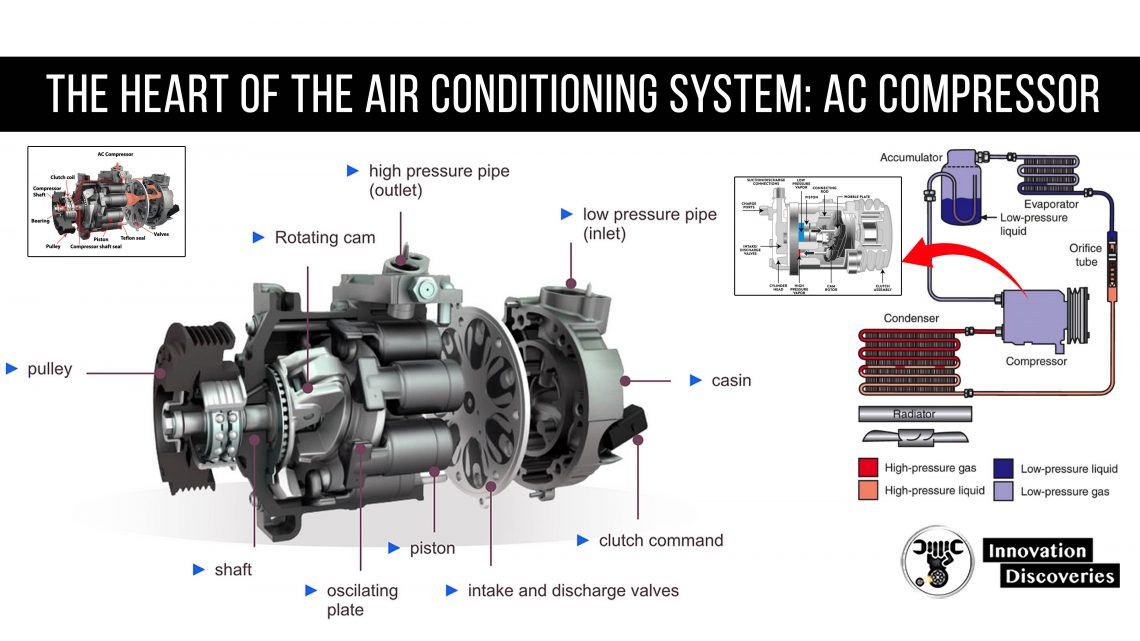

READ MORE
DOWNLOAD
Visit Forum
Visit Our Friendly Website


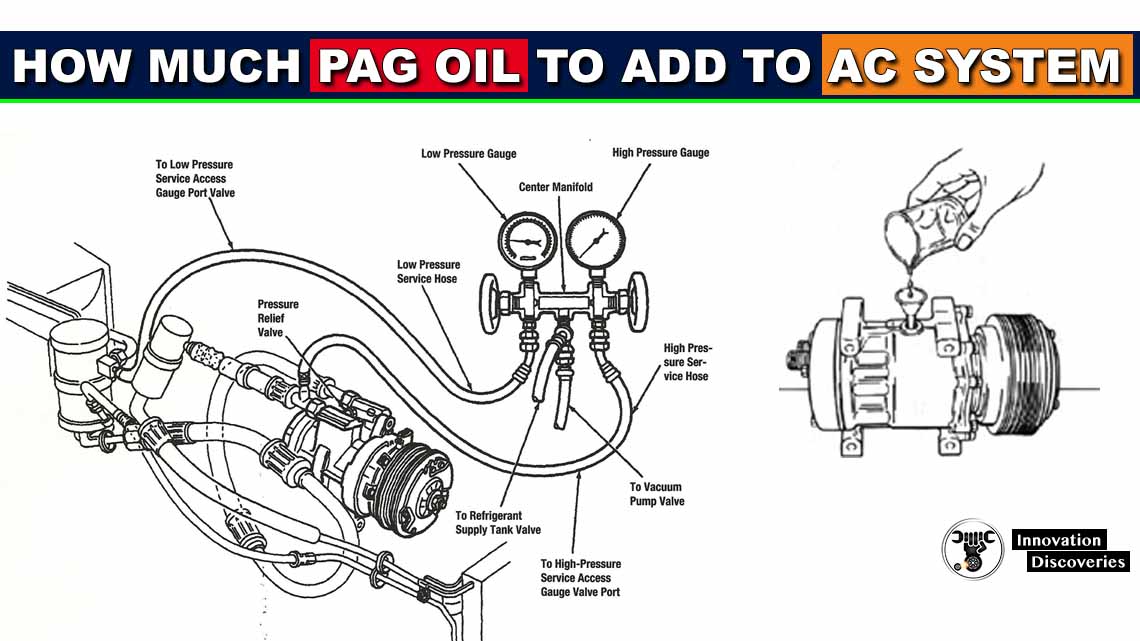
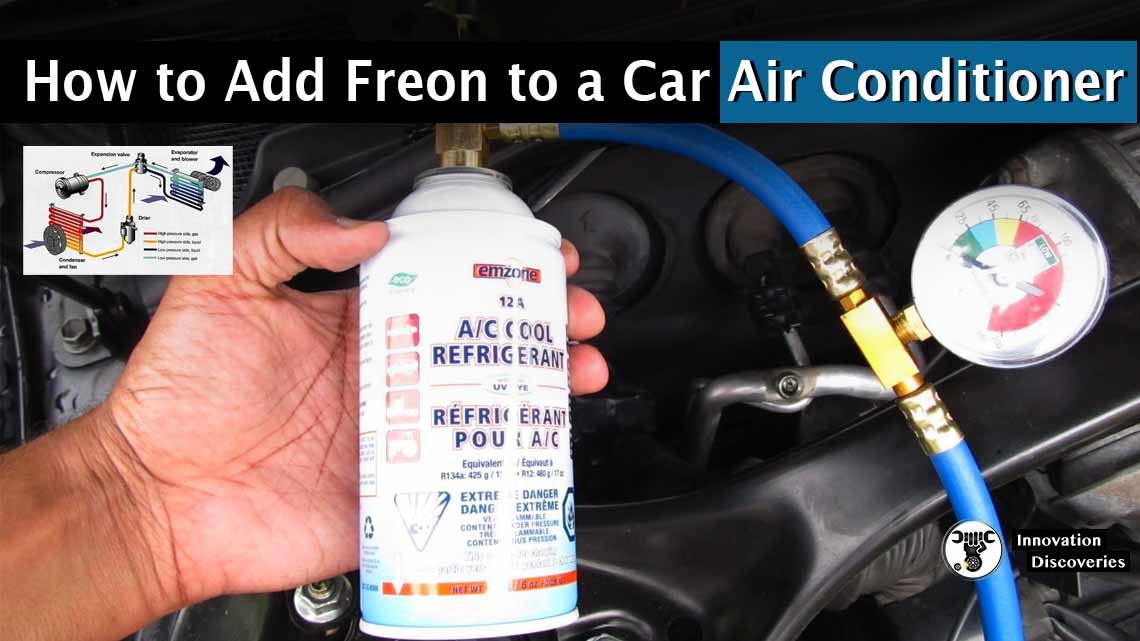
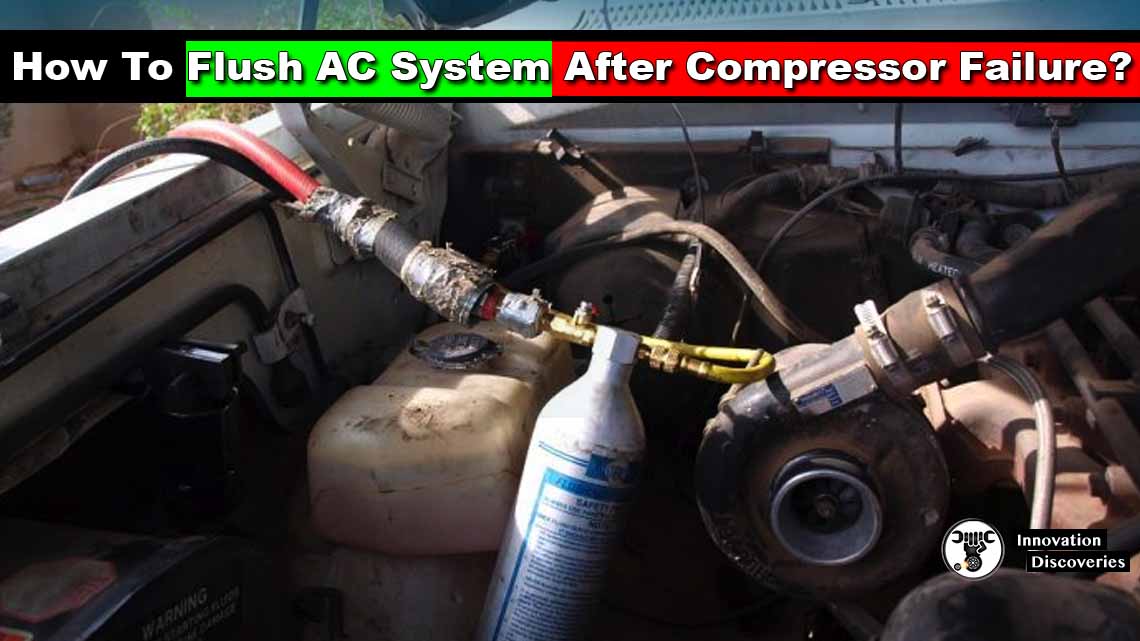
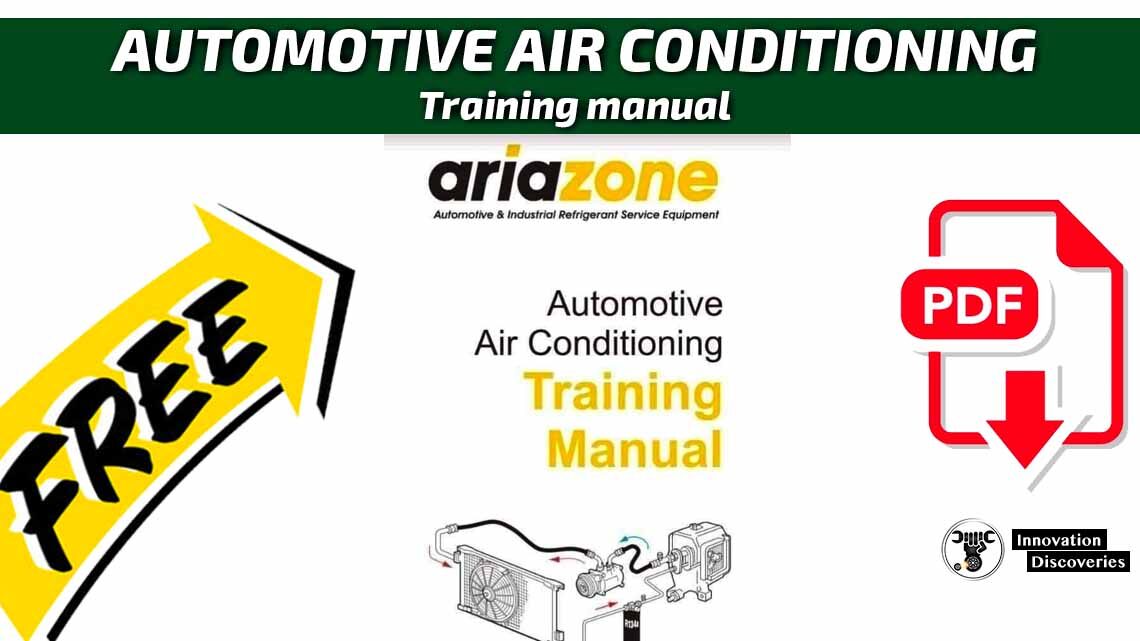

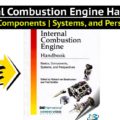

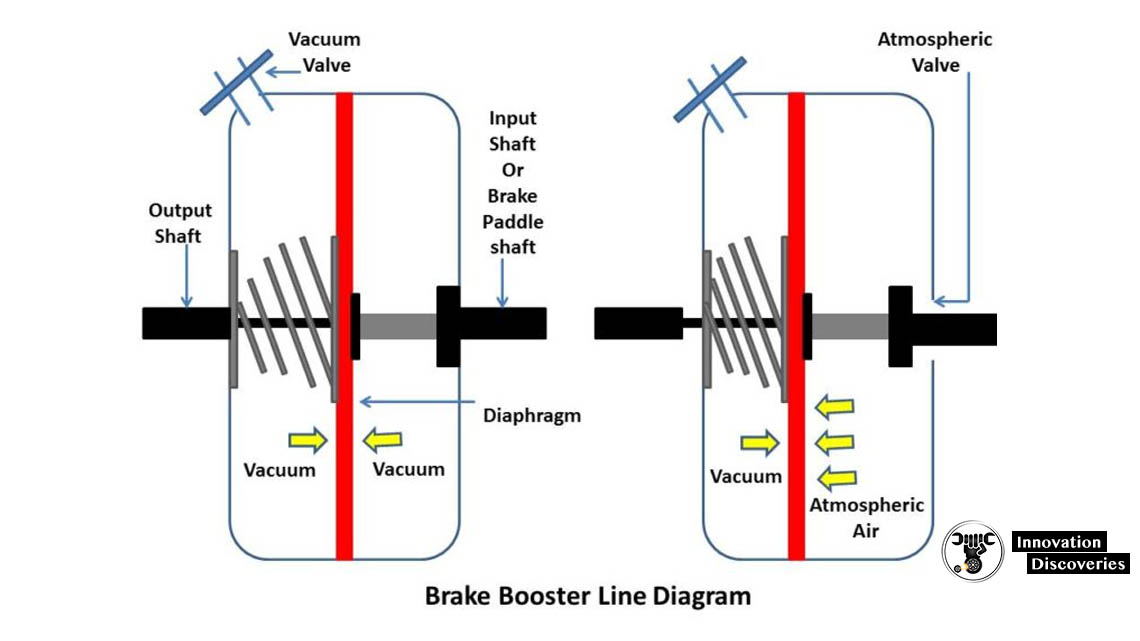
One Comment